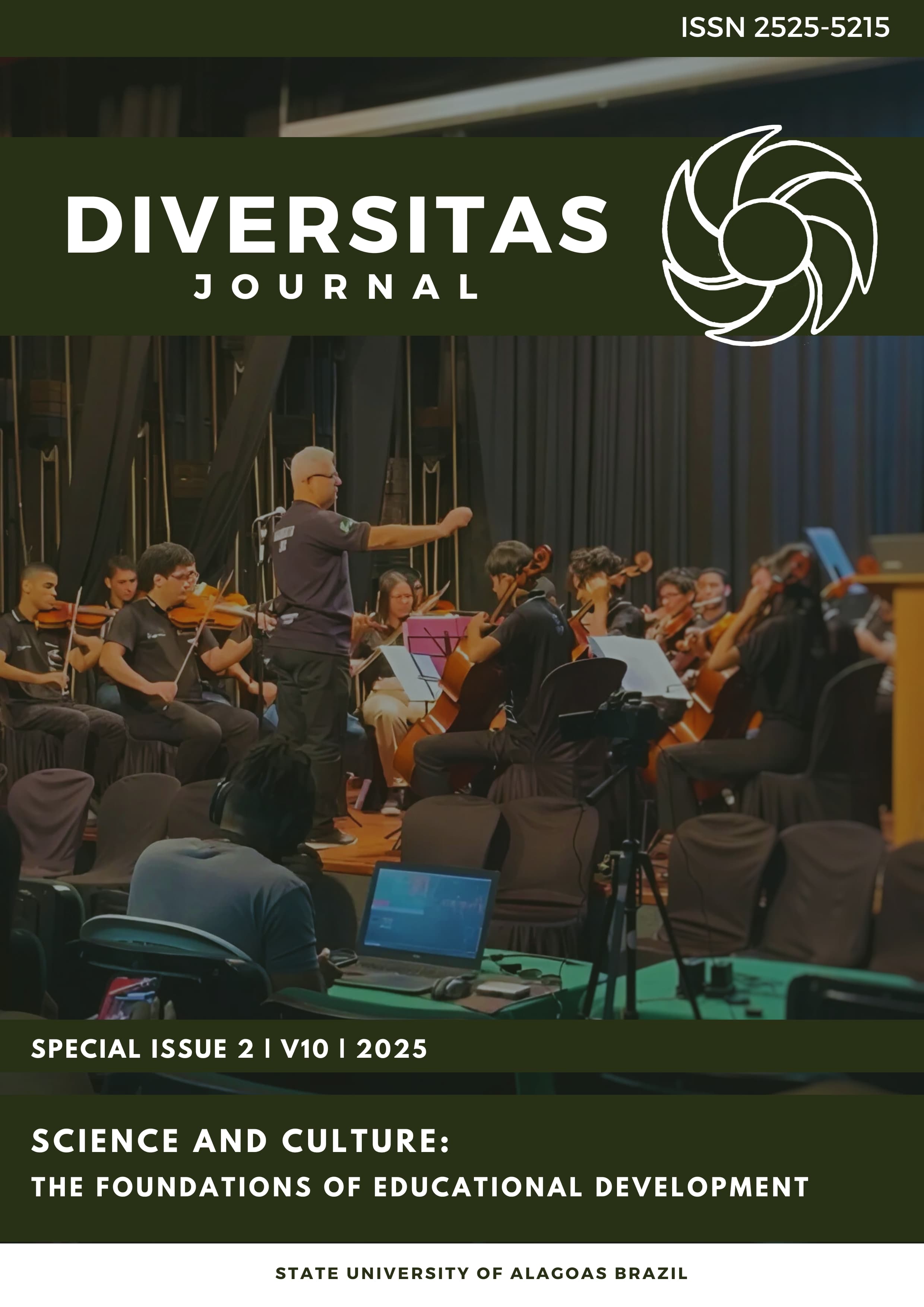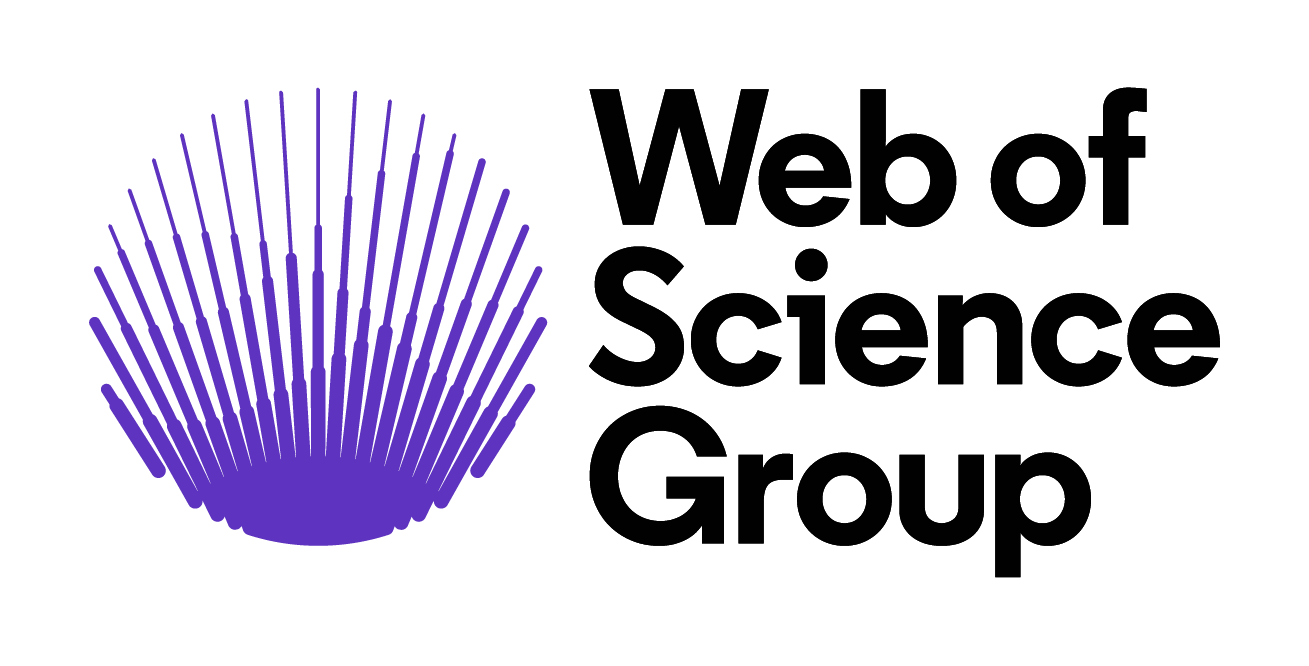Energia fotovoltaica e o uso corporativo do território: uma análise das relações hegemônicas materializadas no Nordeste brasileiro
DOI:
https://doi.org/10.48017/dj.v10iEspecial_2.3353Palavras-chave:
Agentes hegemônicos, produção fotovoltaica, atuação normativo-estatalResumo
O Nordeste Brasileiro, caracterizado durante muitos anos, pela baixa densidade técnica e altos níveis de desigualdades sociais se mostra um importante campo de investigação geográfica, frente ao interesse do grande capital pela instalação de parques fotovoltaicos. A produção de energia elétrica advinda desses empreendimentos atinge sequencialmente recordes de geração, aumentando a demanda enviada ao subsistema Nordeste, que, por conseguinte, fortalece o sistema elétrico brasileiro. No cerne desse contexto, objetiva-se analisar, de maneira geral, os parques fotovoltaicos, considerando suas relações com o capital internacional na produção do uso corporativo no Nordeste brasileiro e de maneira específica, busca-se entender o conceito de corporação e seus desdobramentos no âmbito da geografia; refletir sobre a atuação do Estado como principal agente normatizador e articulador de práticas hegemônicas no território e compreender a espacialização de projetos fotovoltaicos no Nordeste, atrelados a grandes corporações globais. Para tanto, a metodologia transcorre por meio de pesquisa analítica acerca do tema onde o desenvolvimento científico do trabalho tende a buscar um caminho propício à compreensão e interpretação da realidade. Verificou-se que a energia fotovoltaica traz para a região Nordeste uma dinâmica territorial articulada por grandes agentes hegemônicos globais do setor elétrico. Estes, por possuírem uma maior expertise na área de renováveis e, por de igual modo, já atuarem em diversos países, conseguem espaço e financiamento do Estado para desenvolver suas plantas produtivas e executarem seus projetos.
Métricas
Referências
ANEEL – Agência Nacional de Energia Elétrica. (2008). Atlas de energia elétrica do Bra-sil (3ª ed.). http://www2.aneel.gov.br/arquivos/PDF/atlas3ed.pdf
Agência Nacional de Energia Elétrica. (2018). Banco de Informações de Geração: Capa-cidade de geração do Brasil. http://www2.aneel.gov.br/aplicacoes/capacidadebrasil/capacidade.cfm
Antas Junior, R. M. (2005). Território e regulação: Espaço geográfico e não formal do direito. Associação Editorial Humanitas; FAPESP.
Corrêa, R. L. (1991). Corporação e espaço: Uma nota. Revista Brasileira de Geografia, 53(1), 137–145.
Corrêa, R. L. (1992). Corporação, práticas espaciais e gestão do território. Anuário do Instituto de Geociências – Universidade Federal do Rio de Janeiro, 54(3), 115–121.
Castillo, R. (2017). Tecnologias da informação e organização do território brasileiro: Mo-nitoramento e fluidez. In M. A. A. de Souza (Org.), Território brasileiro: Usos e abusos (pp. 53–64). Eduneal.
Nery, E. (2012). Teoria da regulação. In E. Nery (Org.), Mercados e regulação de energia elétrica (pp. 1–35). Interciência.
Santos, M. (1997). Da política dos estados à política das empresas. Cadernos da Escola do Legislativo, 3(6), 9–23. Assembleia Legislativa do Estado de Minas Gerais. Disponível em: https://dspace.almg.gov.br/handle/11037/983
Santos, M. (2005). O retorno do território. OSAL: Observatório Social da América Latina, 6(16). CLACSO. http://biblioteca.clacso.edu.ar/ar/libros/osal/osal116/DI6Santos.pdf
Santos, M. (2008). Por uma geografia nova: Da crítica da geografia a uma geografia críti-ca Santos, M. (2008b). Por uma outra globalização: Do pensamento único à cons-ciência universal (15ª ed.). Record. (6ª ed.). Edusp.
Santos, M. (2009). Metrópole corporativa fragmentada: O caso de São Paulo (2ª ed.). Edusp.
Santos, M., & Silveira, M. L. (2008). O Brasil: Território e sociedade do século XXI (11ª ed.). Record.
Silveira, M. L. (2007). Los territorios corporativos de la globalización. Geograficando, 3(3), 13–26. http://www.fuentesmem-ria.fahce.unlp.edu.ar/art_revistas/pr.3665/pr.3665.pdf
Downloads
Publicado
Como Citar
Edição
Seção
Licença
Copyright (c) 2025 DENIS CARLOS DA SILVA

Este trabalho está licenciado sob uma licença Creative Commons Attribution 4.0 International License.
O periodico Diversitas Journal expressa que os artigos são de unica responsabilidade dos Autores, conhecedores da legislação Brasileira e internacional. Os artigos são revisados pelos pares e devem ter o cuidado de avisar da possível incidencia de plagiarismo. Contudo o plagio é uma ação incontestavel dos autores. A Diversitas Journal não publicará artigos com indicios de Plagiarismos. Artigos com plagios serão tratados em conformidade com os procedimentos de plagiarismo COPE.
A violação dos direitos autorais constitui crime, previsto no artigo 184, do Código Penal Brasileiro:
“Art. 184 Violar direitos de autor e os que lhe são conexos: Pena – detenção, de 3 (três) meses a 1 (um) ano, ou multa. § 1o Se a violação consistir em reprodução total ou parcial, com intuito de lucro direto ou indireto, por qualquer meio ou processo, de obra intelectual, interpretação, execução ou fonograma, sem autorização expressa do autor, do artista intérprete ou executante, do produtor, conforme o caso, ou de quem os represente: Pena – reclusão, de 2 (dois) a 4 (quatro) anos, e multa.”


















